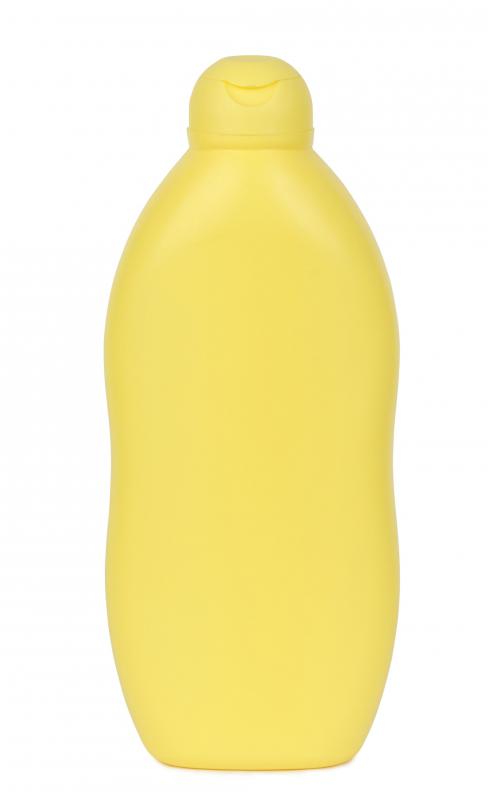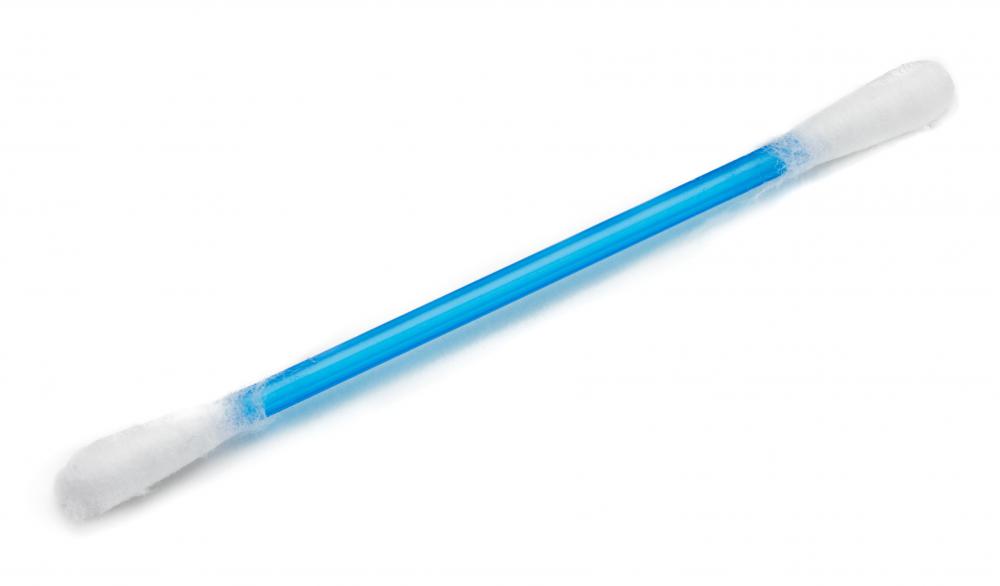At WiseGEEK, we're committed to delivering accurate, trustworthy information. Our expert-authored content is rigorously fact-checked and sourced from credible authorities. Discover how we uphold the highest standards in providing you with reliable knowledge.
How do I Choose the Best Ear Wax Cleaner?
Choosing the best ear wax cleaner is usually a decision that should be driven first by the type of wax you have in your ears, and also by your comfort level. Some of the simplest tools are designed to be used at home, but they usually require both care and caution when using. If you don’t follow the directions precisely, you could actually make the problem worse by compacting wax deep within your ear canal or rupturing your eardrum, both of which can lead to hearing problems and other health concerns. Getting your ears professionally cleaned by a doctor or other health care provider is usually the safest option from a risk-benefit standpoint, but it can also be expensive and isn’t always worth it for people who don’t have a lot of build-up. It’s usually a good idea to start by evaluating the options that are available to you. Then, try a few options to find one that works. Remember, too, that what’s “best” for you might not also be best for a friend of family member, since a lot depends on personal preference.
Identify Your Wax Type

How well any ear wax cleaner will work depends at least in part on the type of wax at issue. Ear wax can be divided into two types: wet and dry. Wet wax is honey-colored and is genetically dominant among people of European and African descent. Dry wax, by contrast, is gray and flaky, and is most common in people of Asian and Native American descent.

The goal of both types of wax is to lubricate and protect the ear canal. Wax forms deep in the ear and traps dust and other debris trying to get in. It moves very slowly along the canal until it reaches the outer ear, where it typically dries and falls out all on its own. Wet wax is usually more effective at the trapping-moving-drying cycle than dry, but both typically work in the same basic way. Different tools can be better for removing one than the other, though.
Understand the Risks

Most health experts encourage people to leave their wax alone and to resist cleanings. They say that removing wax before it falls out can disrupt the ear’s self-cleaning cycle, and can also risk damage if done improperly. Of particular concern to most experts are things like cotton swabs, picks, and even fingers. All of these are usually fine for use along the outside crevices of the ear, but using anything to actually dig into the canal can cause damage. It can puncture the delicate tissues of the inner ear, for one thing, but it can also make the issue worse by actually pushing the wax further back, which can lead to impacted “nuggets” of wax that can impede hearing and cause other problems like vertigo.
Liquid Removal Options
Despite medical experts’ warnings against home ear wax removal, there are a number of products on the market in most places. Liquid wax removers are some of the most common. Removal with an over-the-counter liquid ear wax cleaner is usually only appropriate if the ear drum has never had tubes or been punctured in any way.
Most are made with carbamide peroxide, a chemical agent that helps dissolve the wax and bubble it off of the ear canal surface. Other potential ingredients may include olive oil, mineral oil, baby oil, glycerin, or a mixture of sodium bicarbonate and water. Some come with droppers attached for easy application, but others require that you have your own bulb syringe or other device. In any event, it’s usually best to use gentle pressure in order to avoid damage to the eardrum.
Using an Elongated Loop
Wax can also be removed mechanically. The safest device is usually thought to be an elongated plastic loop with a guard at one end to prevent the loop from being inserted too far into the ear canal. Furthermore, the open nature of the tool should ideally avoid pushing wax further into a person’s ear. The loop should be designed to sweep the inside of the ear gently, catching lumps and flakes of wax and bringing them to the surface.
Ear Candling
One alternative ear wax cleaning procedure is ear candling. This involves inserting a hollow wax candle into the ear, usually while you’re lying on your side, and burning it from the outside. Ear candling is supposed to work by creating a vacuum that will pull the wax out, even from deep within the ear. Studies have shown, however, that it is both ineffective and puts the patient at risk, and doctors typically advise against this method.
Consider a Professional Cleaning
At least according to most experts, the best ear wax cleaner is a professional one. Many doctors and ear specialists can perform ear cleanings with specialized tools that are both safe and precise. In addition to flushing the ear with water and other wax-dissolving solutions, healthcare providers sometimes also use suction devices and tools known as curettes to carefully scrape and clean the ear canal.
AS FEATURED ON:
AS FEATURED ON:













Discuss this Article
Post your comments